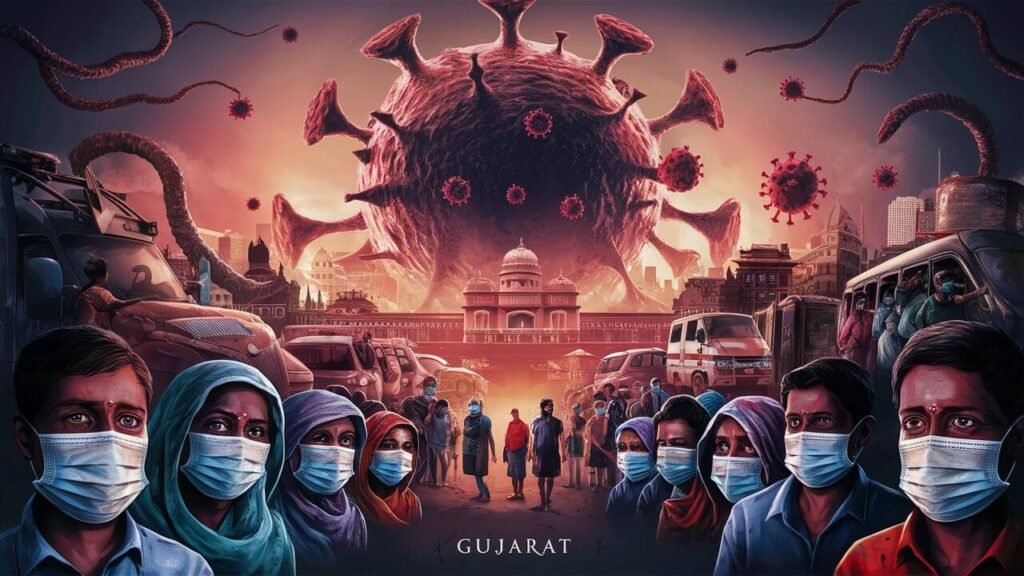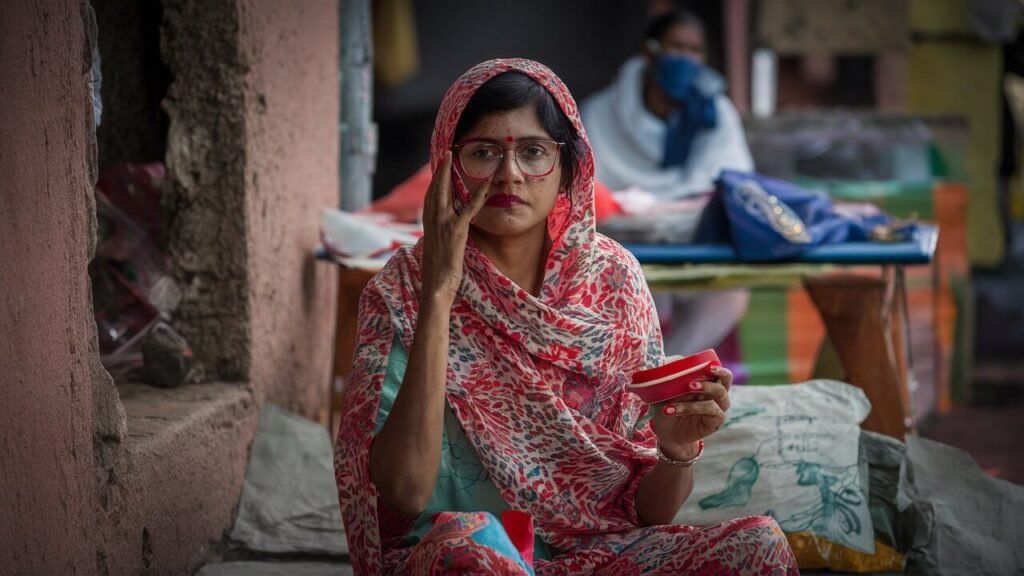An alarming outbreak of the Chandipura virus (CHPV) has been reported in Gujarat, leading to multiple fatalities. On Saturday, four children succumbed to encephalitis, an inflammation of the brain tissues, in the Sabarkantha district, which is suspected to be caused by the Chandipura virus. The situation escalated with six more deaths reported on Monday at Himmatnagar Hospital due to the virus. Additionally, two children under treatment for CHPV died on Monday in Aravalli, Gujarat, bringing the total recent fatalities to twelve.
Government Response and Preventive Measures
In response to the outbreak, Chief District Health Officer of Aravalli, M.A. Siddiqui, announced the formation of 50 teams to carry out extensive dusting operations aimed at controlling the mosquito population, a known vector for the virus. Siddiqui urged farmers to use insecticides and pesticides and recommended that children wear full-sleeved clothing to protect against mosquito bites.

Details About the Chandipura Virus
The Chandipura virus was first identified during an outbreak in Nagpur, central India, between April and June 1965. Researchers Pravin N. Bhatt and F.M. Rodrigues from the Pune Virus Research Centre classified the virus as an arbovirus, a type of virus transmitted through arthropod vectors, and noted its lethality in infants and adult mice.
Virus Classification and Historical Outbreaks
The Chandipura virus belongs to the Vesiculovirus genus within the Rhabdoviridae family. Its name, derived from the Greek word “Rhabdo” meaning rod-shaped, refers to its bullet-like shape. Significant outbreaks occurred in central India during 2003-04, resulting in 322 child deaths across Andhra Pradesh, Maharashtra, and Gujarat. The fatality rates were alarmingly high, ranging from 56% to 75%.
Global Presence and Symptoms
Besides India, CHPV has been isolated in Nigeria, Senegal, and Sri Lanka. The virus is characterized by the sudden onset of high fever, seizures, diarrhea, vomiting, and reduced awareness, often leading to death within 48-72 hours of symptom onset. Encephalitis is the primary cause of death.

Transmission Vectors
Sandflies or drain flies are identified as key vectors for the Chandipura virus. Additionally, the virus also infects mosquitoes, further complicating containment efforts.
Treatment and Prevention
Currently, there is no specific antiviral treatment for the Chandipura virus. Emergency treatment focuses on protecting neurons by ensuring adequate blood flow to prevent long-term neurological damage. Medications like mannitol and furosemide are used to prevent brain swelling and control intracranial pressure. Effective control of vector populations, good nutrition, hygiene, and public awareness are crucial in managing the spread of the virus.
Official Statements and Public Advisory
Gujarat Health Minister Rushikesh Patel has assured the public that the situation is under control and urged them not to panic. He emphasized the importance of taking necessary precautions and seeking immediate medical attention if symptoms of the virus appear.
This comprehensive analysis underscores the urgent need for continued vigilance, public cooperation, and effective vector control to manage and mitigate the impact of the Chandipura virus outbreak in Gujarat.
